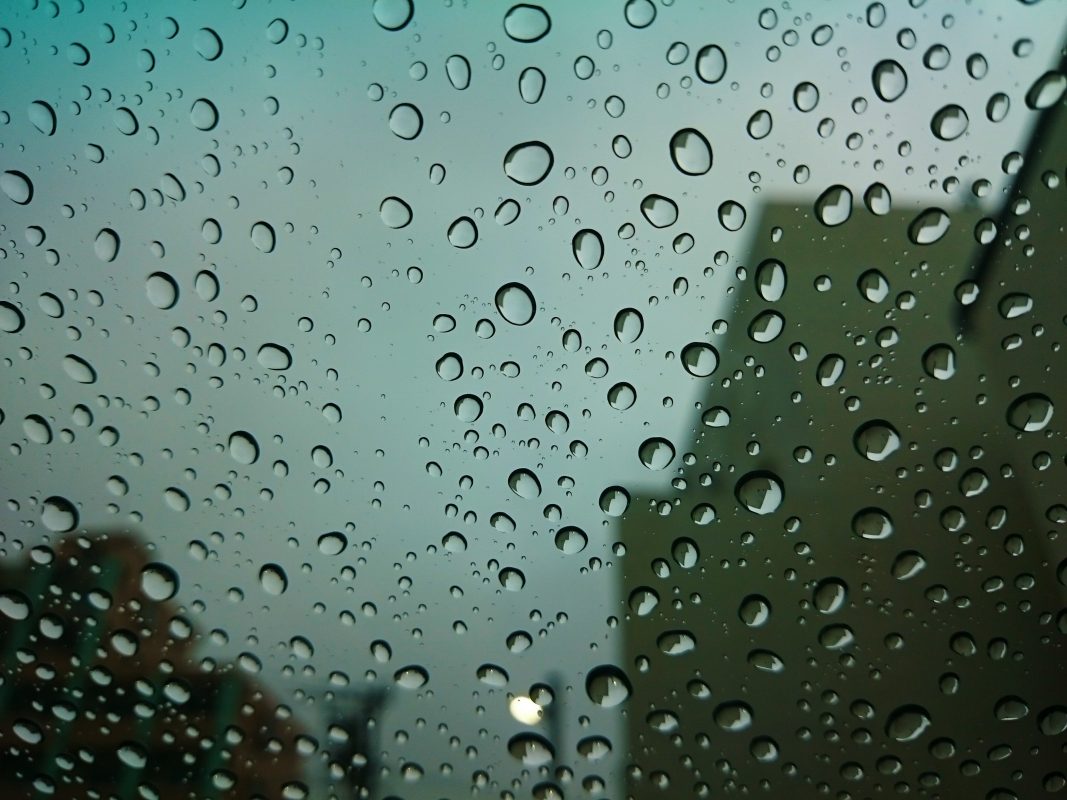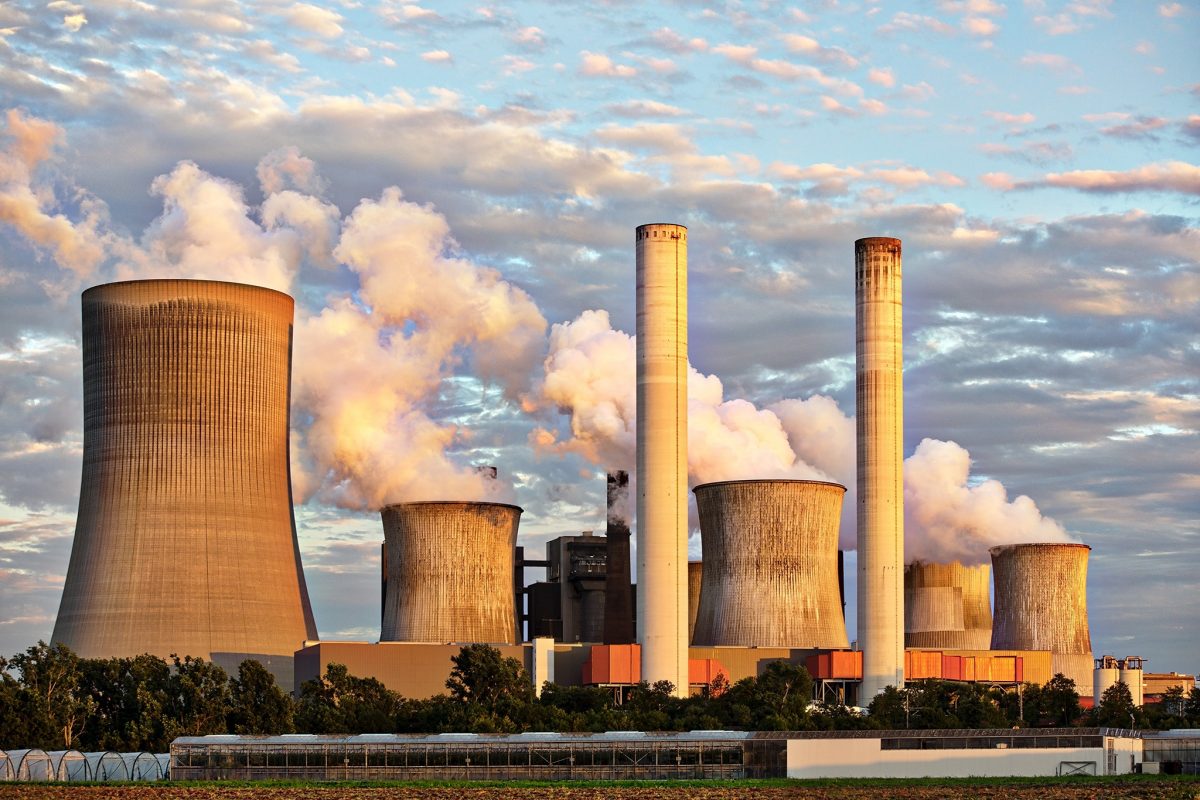Initial Values
With 600 students and teachers and an available collection area of approx. 2,800 m², the daily operational water demand of 12 m³ can be met with an 85 m³ tank.
These values are the starting point for ARIS’s proprietary computer simulation process, which precedes system construction.
600
Students and Teachers
2,800 M²
Available Collection Area
85 M³
Required Cistern Volume
(Retention & Utilization)





